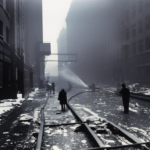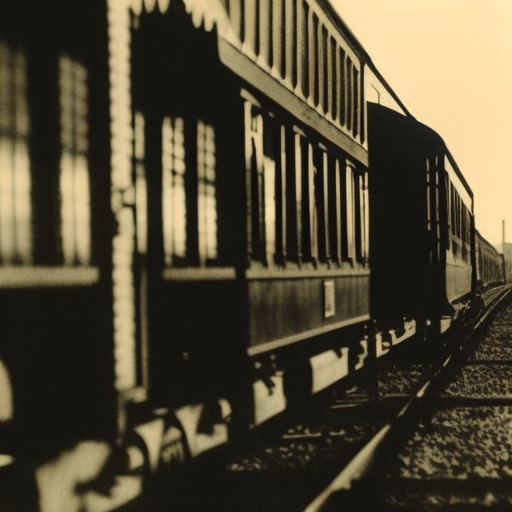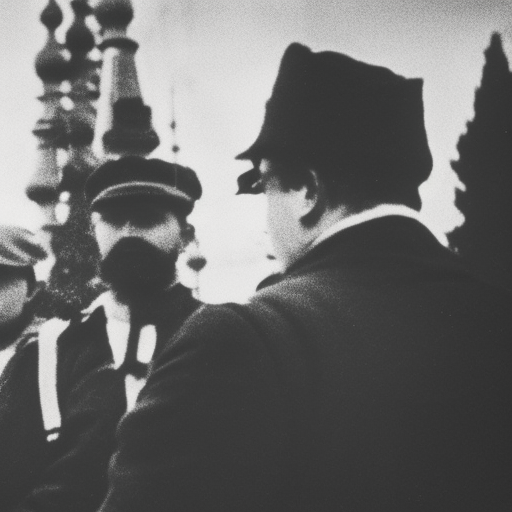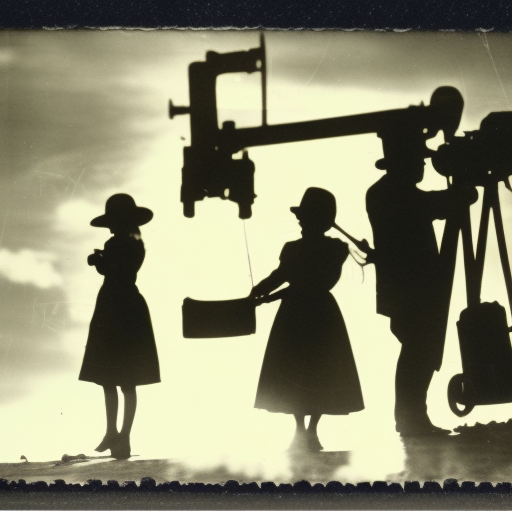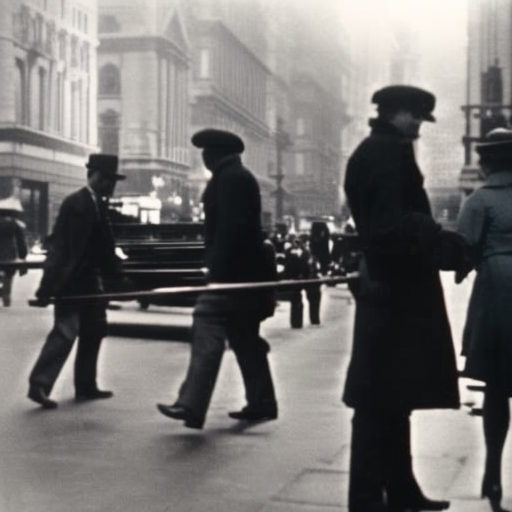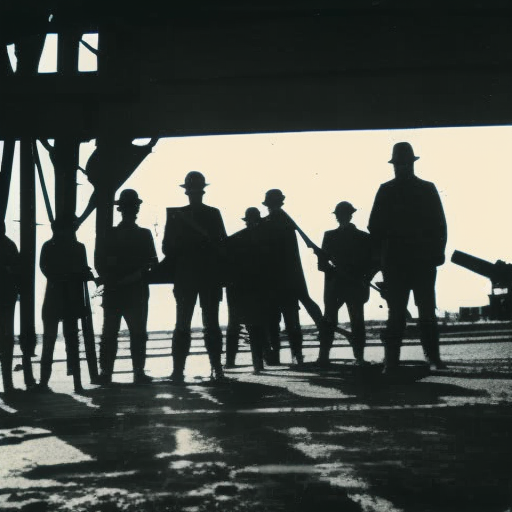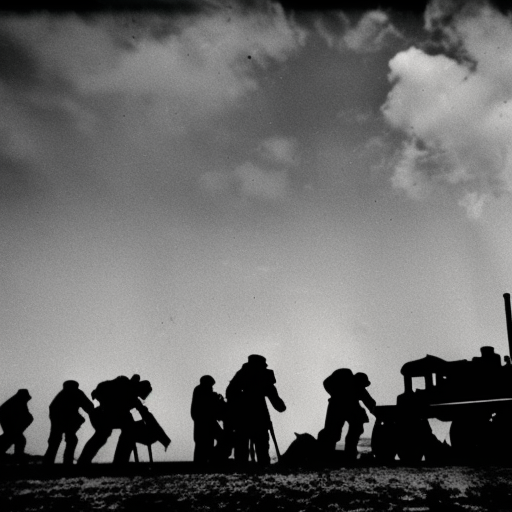The Pullman Strike was a nationwide railroad strike in 1894 that resulted in violent clashes between workers and the government, leading to significant labor reforms.
The Solidarity Movement in Poland Explained
The Solidarity Movement in Poland was a significant anti-communist movement that played a crucial role in the collapse of the Soviet Union and the end of the Cold War.
The Wagner Act (1935) Explained
The Wagner Act of 1935 was a landmark labor law that protected workers’ rights to organize and bargain collectively.
The Haymarket Affair (1886) Explained
The Haymarket Affair was a labor protest turned violent in Chicago, resulting in the deaths of several people and the subsequent persecution of anarchist leaders.
Steel strike of 1919 Explained
The Steel strike of 1919 was a major labor conflict in the United States that involved over 350,000 steelworkers demanding higher wages and improved working conditions.
1981 warning strike in Poland Explained
The 1981 warning strike in Poland marked a significant turning point in the country’s history, foreshadowing the eventual formation of the Solidarity movement and challenging the communist regime’s authority.
The Working Class Goes to Heaven Summary
The Working Class Goes to Heaven” is a film directed by Elio Petri that explores the struggles and exploitation faced by the working class in capitalist society.
Newfoundland Loggers’ Strike Explained
The Newfoundland Loggers’ Strike was a significant labor dispute in 1959 that led to improved working conditions and wages for loggers in Newfoundland and Labrador.





